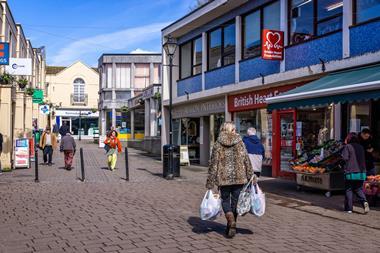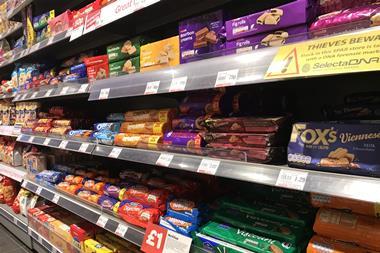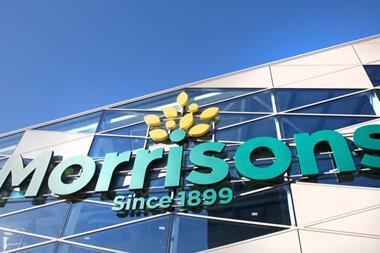
Take-home grocery sales fell by 1.2% over the 12 weeks to 3 October 2021, according to the latest figures from Kantar as the petrol crisis limited instore shopper numbers.
Despite this dip, sales remain 8.1% higher than they were before Covid-19 and every retailer boosted its sales compared with the same period in 2019.
Fraser McKevitt, head of retail and consumer insight at Kantar, commented: “The reduced availability of petrol saw shoppers limit the number of trips they made to supermarkets. The average household made 15.5 store visits in the past four weeks, the lowest monthly figure since February.”
Shoppers staying off the roads also meant the proportion of groceries bought online, which has been steadily decreasing over the past seven months, crept up to 12.4% compared with 12.2% in September.
McKevitt added: “Consumers made the most of their time in store once they did make it to the shop, and trips where people spent over £100 were up by 6%. A minority of very prepared shoppers also took the chance to get ahead on their festive spending as 449,000 eager consumers bought their Christmas pudding in September, with sales 76% higher than in the same month last year.”
Year-on-year Tesco was only one of the mults in growth, with sales up by 1.2% (10.6% on a two year basis).
Morrisons was down 4% year-on-year (up 7% on a 2 year basis), with Asda down 1.7% (up 3.6% against 2019) and Sainsbury’s down 5.2% (up 5.3% compared to pre-Covid levels).
Lidl was the only other retailer in annual growth, up by 0.4%, with discounter rival Aldi down 0.4% over the period.
Waitrose was flat year-on-year, while Co-op was down 3.1% and Iceland down 2.3%.
The reset in online grocery buying saw Ocado sales fall 5.9% year on year, but remain up 35.9% on a two-year basis.
Like-for-like grocery prices rose by 1.7% in the past four weeks compared with last year, with prices rising fastest in markets such as savoury snacks, cat food and crisps while falling in fresh bacon, vegetables and cat and dog treats.
McKevitt added: “In real world terms, the average household had to spend an extra £5.94 on groceries last month than they did at the same time last year. Shoppers will look to manage their spend by carefully selecting the products and retailers that offer them the best value.”



















No comments yet